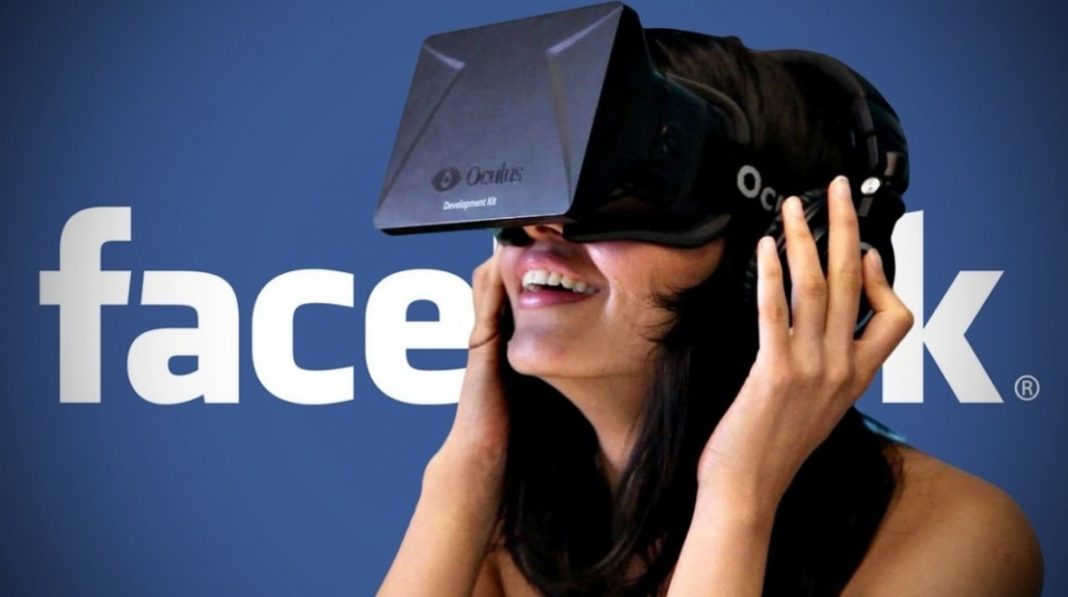VR is amazing. You know it. We know it. But in the grand scheme of things, the VR community is pretty small compared to giant companies like Facebook. VR enthusiasts are shrewd with their investments while Facebook users tend to purchase items more if they know that will increase their communication with others. Facebook’s integration into The Oculus is an interesting one. As a developer, I can see this changing many clandestine aspects of how games are played.
Multi-Player Capabilities
To understand why this type of integration might change how Multi-Player is actually played, one has to understand how it is currently played. People have different speeds with different connections at different strengths, which would make multi-player, in the natural sense of real-time, an impossibility. What actually happens is that a game connects to a server using a window, which is what users see as their game. Then both the game window and the server try to predict the character’s actions. However, because the server is predicting all of the users actions and the game window is only doing it for that current user, the server corrects the game window. There is quite a bit of latency, but it is hidden by prediction and buffering. This is how current games work, but how would Facebook working in VR change this?
https://www.youtube.com/watch?v=hB8J4zDF_xU
When you send a message over Facebook, it is instantaneous. In fact, you can see when someone is typing in real time. Imagine if Facebook were to take the messenger model and use it to exchange positions between players. Due to the network of servers Facebook has, one would be able to, once again, utilize the old method of client-server with non-prediction, which is much faster and closer towards real time. This is on the lower-end of possibilities, but now that you understand how multi-player works, understanding the next part will be a breeze.
Easier Access to VR MMORPG with Friends
Let’s take a look at World of Warcraft, which is a game that has been out for over a decade. How can players still play at such a low bracket in terms of graphics? The graphics are played out on the user’s computer and not the server, and the only information that is exchanged comes from what the player does and where the player is. The Facebook integration keeps track of enough data that it can create such an MMORPG off of it. Not only that, but The Oculus is entirely digital, something that big game companies have wanted for a long time because it lowers production costs. However, what if networks hosted the game itself and charged users a subscription? We see a basic model of this with PS Now and similar subscriptions, but I’m talking about Core Hosting, where one pays a subscription to play games on their server using their equipment. This is something that is in its early infancy with Amazon Web Services and Google Cloud Platform.
Current VR systems are hardware hogs, usually requiring expensive processors and graphics cards in order to run. However, the HTC Vive is simply a window to the computer. You could easily provide a similar experience through the cloud and it would open up access to millions of players. Since VR is a portable window connected to a computer, one could just change out the computer with a game server somewhere else using the same prediction model as we currently use with multi-player games. The only downside to this would be how much a subscription service would cost, which would be a lot if we went by the prices of current computing engines. Normally, a VR game would need at least a quad-core with 8GB of RAM and a near top-of-the-line graphics card. Servers do have the capability of using 21-core processors in sequential order, but handling millions of users would cost a ton of money so the subscription could possibly be in the hundreds of dollars.
What does any of this have to do with fitness?
It’s always fun to be able to play games with others, especially friends. When friends have consoles or PCs, they normally play video games via multi-player. If we managed to create a cloud system that allowed players to play affordably with each other in the VR world, utilizing Facebook for communication and possibly other things, then you’d be able to play sports, first-person shooters, and any other game, that requires movement, with all of your friends on Facebook inside of your house.
Facebook’s involvement could change aspects of the gaming world, but I don’t see very much actually being implemented anytime soon. When Facebook got involved with Mobile Games, it was enormous because people could connect with friends and play mobile games easily. There’s a lot that can be improved with the VR technology and one could compare it to the early machines of PCs. This Facebook integration could be about as revolutionary as the use of Facebook to log into other websites, when it was first implemented. Nevertheless, Facebook’s play in VR is only just getting started and time will tell how they impact on the growing world of virtual reality.











